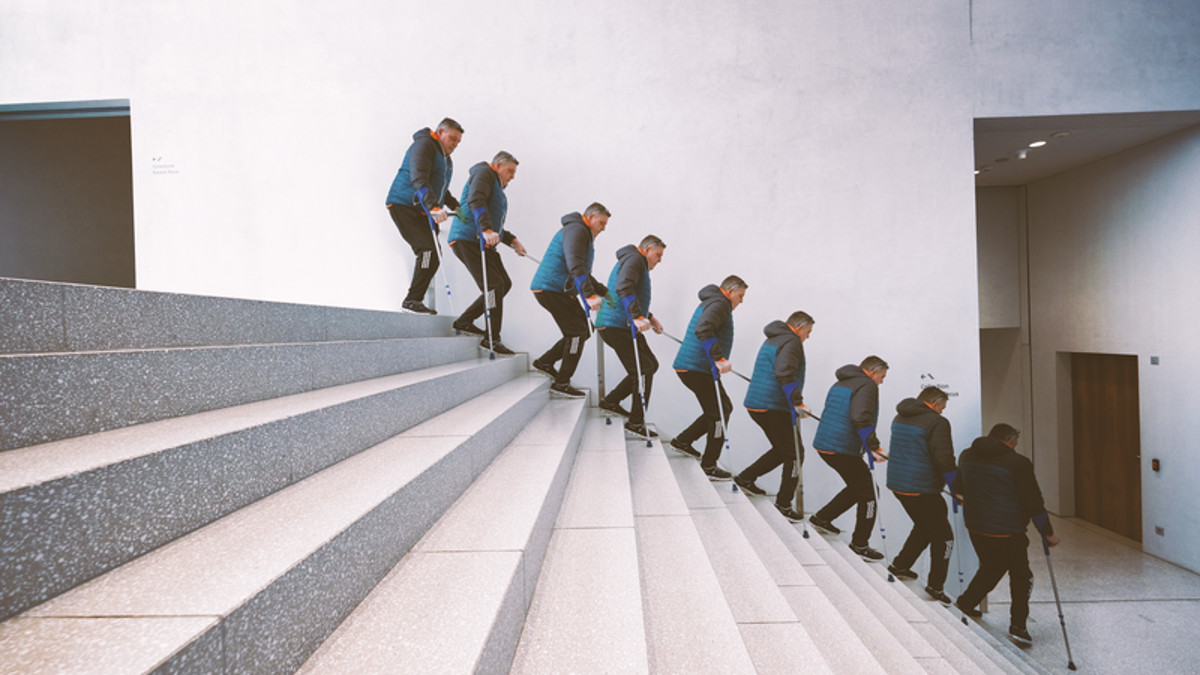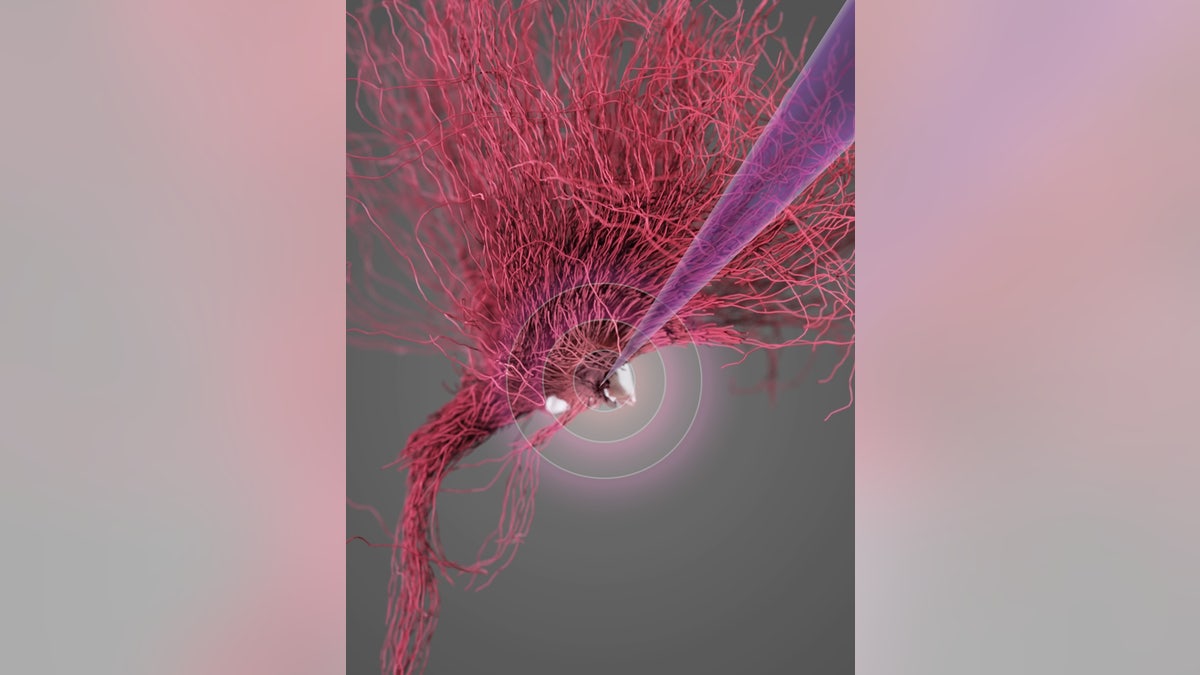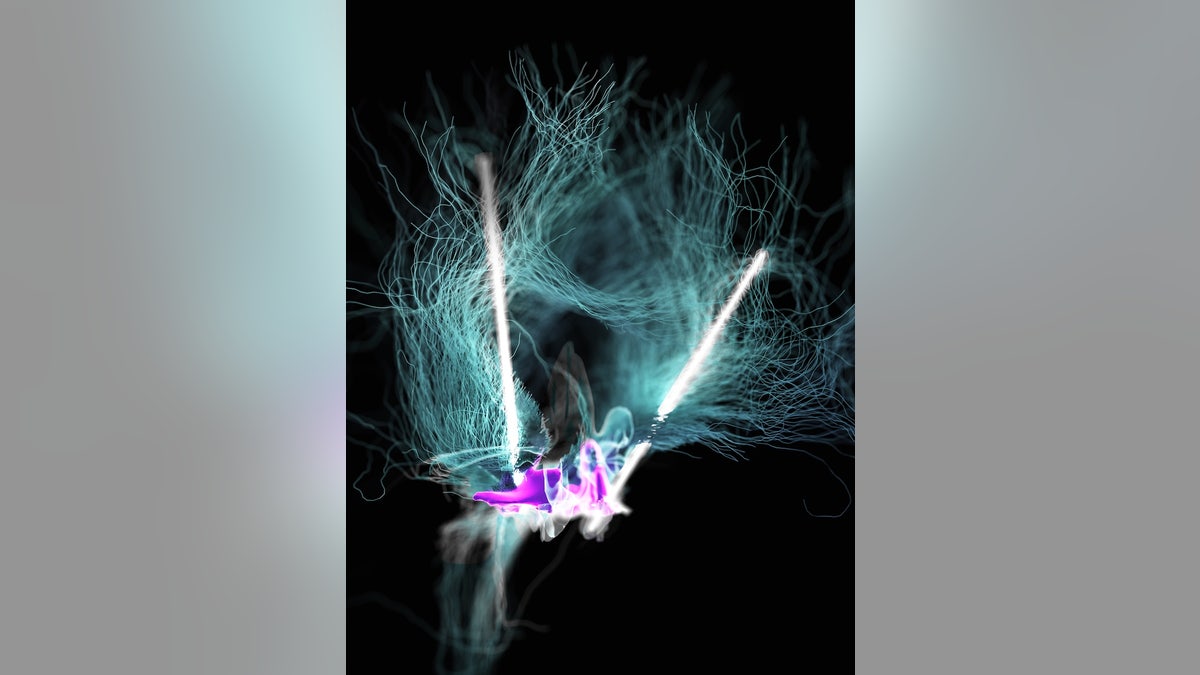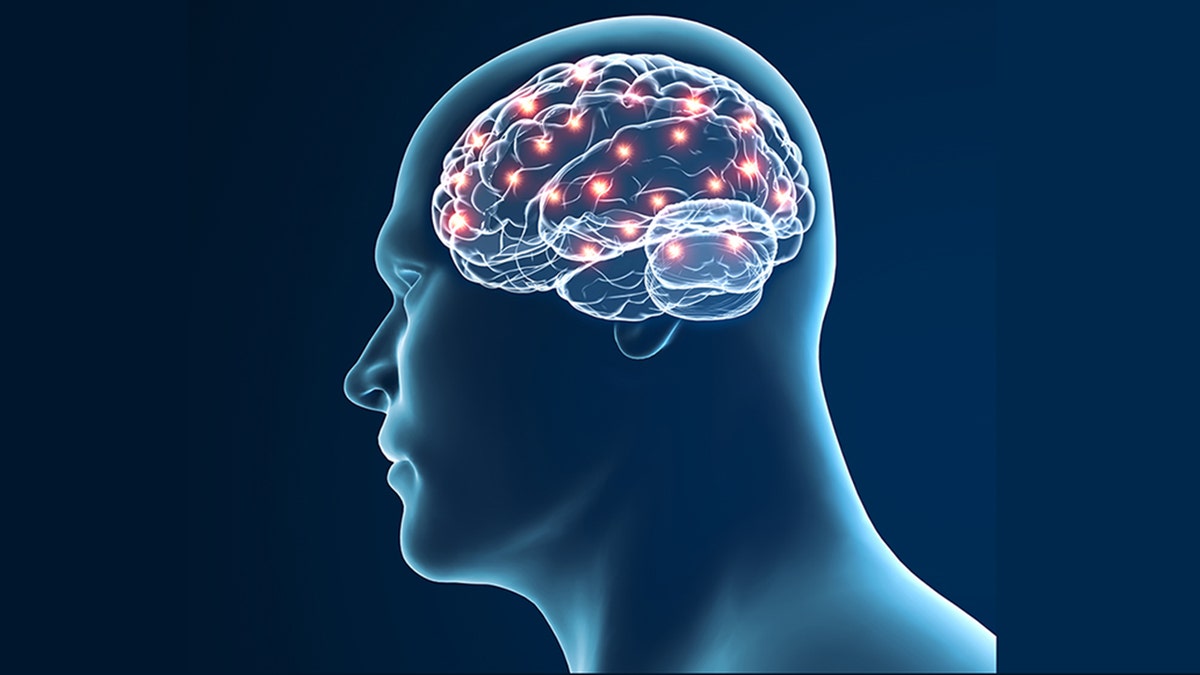Groundbreaking research offers renewed hope for individuals with spinal cord injuries. A study conducted by the Swiss Federal Institute of Technology Lausanne (EPFL) and Lausanne University Hospital has shown promising results using deep brain stimulation (DBS) on two paralyzed patients. The DBS therapy targeted the lateral hypothalamus, a brain area typically associated with functions like appetite and sleep-wake cycles. Astonishingly, after receiving the stimulation, both patients were able to walk and even navigate stairs independently.
One participant, Wolfgang Jäger, suffered a spinal cord injury in 2006 that confined him to a wheelchair. Following the DBS treatment, he experienced a significant improvement in lower-body mobility, enabling him to perform everyday tasks like walking short distances and reaching items in his kitchen. Jäger recounted being able to walk to and from the sea during a vacation thanks to the stimulation.

Neurosurgeon and study author Jocelyne Bloch described the remarkable immediate impact of the therapy. The moment the stimulation began, the first patient reported feeling her legs, and as the stimulation intensified, she expressed a strong urge to walk. This immediate response confirmed the researchers had targeted the correct brain region, despite it not being previously linked to leg control in humans.

Encouragingly, the patients exhibited sustained mobility improvements even when the stimulation was deactivated. Lead researcher Dr. Grégoire Courtine explained that this suggests the therapy not only enhances motor skills during stimulation but also promotes nerve fiber reorganization, leading to long-term benefits. DBS has been traditionally employed to manage tremors in patients with movement disorders such as Parkinson's disease; however, its application to the lateral hypothalamus marks a novel approach.

While the researchers are optimistic, they acknowledge the study's limitations. The trial was conducted without a control group and focused on patients with incomplete spinal cord injuries. Future research aims to combine DBS with spinal implants to further enhance recovery and explore the therapy's potential for individuals with complete injuries. Larger, more comprehensive studies are necessary to validate the findings and pave the way for wider patient access.



Dr. Ann Murray, an expert not involved in the study, described the results as both surprising and exciting. She emphasized the importance of precision and safety in brain therapies and expressed hope that these advancements will lead to more effective treatments for neurological injuries.
Comments(0)
Top Comments